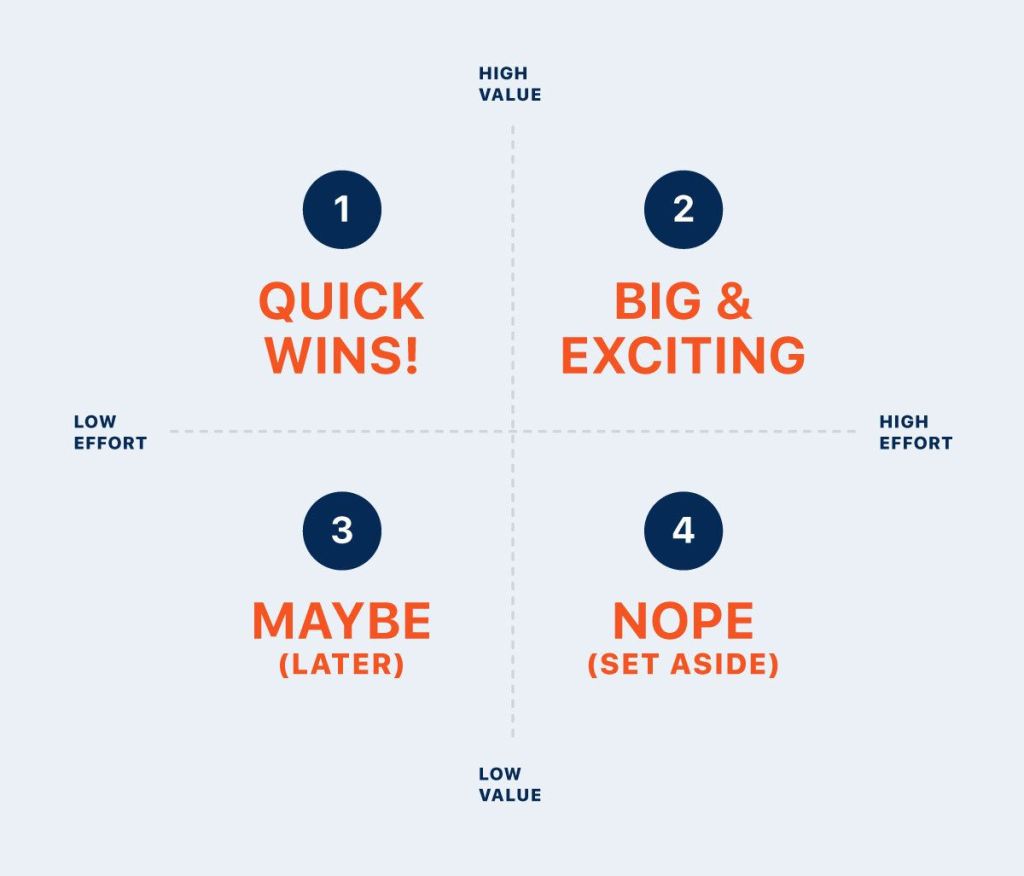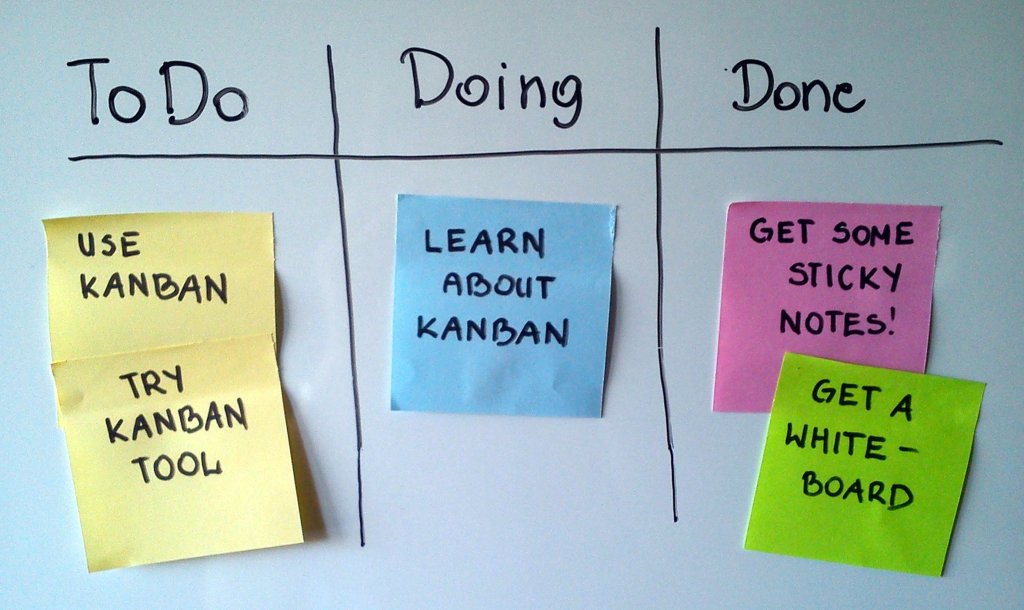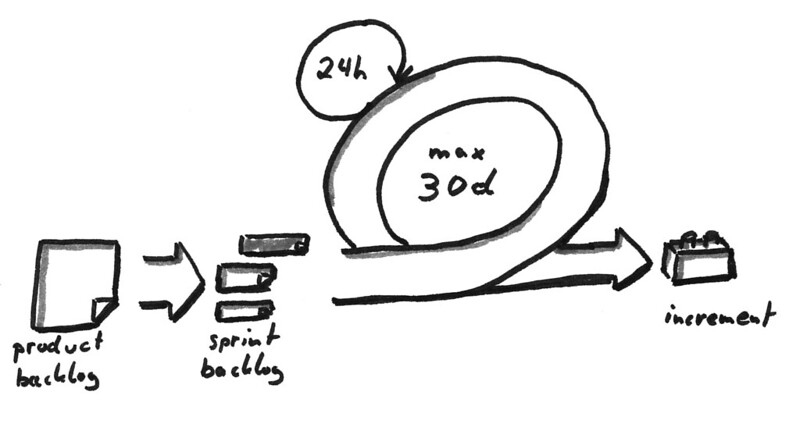Following up on a recent post about one of my socialization tactics for onboarding new teams / team members – sharing my leadership and management practices – I figured that I would offer up a couple of other tools that I use. All of these efforts are tied back to a strong research base that has found that intentional onboarding of employees relates favorably to many positive outcomes for employees and employers – greater satisfaction, greater engagement, lower turnover intention, lower turnover rate, greater performance, etc. (see for example Bauer and Erdogan, 2018 and SHRM, 2021).
Before jumping in, there is an important distinction to be made between orientation and onboarding. Orientation is one piece of an overall onboarding program that is meant to socialize individuals into the organization. Orientation tends to be a short, one-time experience – a day with a tight agenda aimed at mapping the organization (mission, values, culture, firm-level priorities, benefits, services, etc.) – that is run by human resources. Onboarding is a long-term engagement between the employee and employer that is about helping the employee find their way in their new organization. I’ve highlighted the difference in goals – mapping versus wayfinding – because that is the critical distinction to make.

(Image credit: rattan.r)
Extending Orientation
Joining a new organization carries a lot of very basic, transactional learning experiences and requirements for access to new information. In the former category, we could place things like dress codes, working hours, contact info for key contacts, and the like, while the latter category holds things like access to team sites, chats, data stores, etc. What is common across these categories is a fine grain to the information. It tends to be more team-specific rather than organization-wide. That means spending at least part of the employee’s first (or second) day on the job orienting them at the level of the team. What you put into your extended orientation will depend largely upon your team’s dynamics and the role being onboarded.
As such, this also is a good time to introduce the divisional or team goals and projects with clear alignment back to the organizational goals. Adding another layer of context further helps establish the map of the organization early on. Bonus points if there is a one-pager that they can take away and review in their first few weeks and months.
Linked here is a sample welcome / orientation email that I send ahead of the individual’s first day to help them get acquainted with some of these transactional elements of entering the organization. It’s a really nice way to make a smooth landing on what can be a very stressful day. Feel free to adapt 🙂
Contextualizing the Role
The next important activity that I’ll carry out over the first two weeks is sharing an explanation of the role and how it fits into the larger picture. Yes, we covered some / most of this in the interview process, but now it’s time to look at it fresh and with an eye to specific contributions to team, divisional, and/or organizational goals and projects. Especially important here is explaining if there are in-flight projects that the individual will need to join versus a more wait-and-see approach where they might be assigned to projects as we each learn more about individual strengths and team needs. Treating this as a bi-directional exchange is critical – the newcomer will have fresh, outside ideas that may complement or improve upon existing plans and processes. It also is your first chance to help build engagement and a sense of ownership for these new projects and goals.
Likewise, this is a chance to explore with the individual their areas of strength and opportunities for professional development as they relate to the goals to be accomplished. I take two steps from that conversation:
- review role-specific training materials and main contacts on the team or in the organization who can provide the requisite on-the-job training. All newcomers in a role would be expected to complete this form of onboarding.
- individual-specific professional development opportunities to build new strengths or extend existing ones. Each newcomer will have their own needs given goal-competency alignment, so this part of onboarding is highly personalized.
Within the first two weeks, then, the individual (1) knows their role, (2) understands how it fits into the team, (3) has a set of resources to get up to speed on how we do the role in this organization, and (4) has a collection of professional development goals for longer-term engagement and growth.
Creating a Network
Part of the work of contextualizing the role is establishing a network, but I treat that as its own activity, too. The first part, as described above, is putting the newcomer in touch with experts in the organization who will provide training for key job functions. It also will help to provide an order of operations to reaching out to these folks – do this first, then that – and to make sure the people who will be expected to deliver training are prepped to do so. Again, this is a bidirectional process where we want all members of the team, new and existing, to feel engaged and to understand their respective roles during the onboarding phase.
An added step that I take, which is mainly dependent upon the level of the team member being onboarded – leader, manager, individual contributor, i.e., is providing a list of key constituents, with contact information and supervisor info, across the organization. The first goal of this list is to ensure the individual knows who to go to for information that is essential to carrying out their role or delivering on their project(s). I also will add notes next to each constituent as to what some good topics for discussion would be. This can help reduce cognitive load for the newcomer – they have a starting point for the conversation and an entry point with the contact info – when meeting so many new people. Resulting from this is plenty of space for the newcomer to reflect on their own goals for those conversations.
I tend to budget about two months for these network socialization activities, though this is largely a function of how many folks the individual has to meet and receive training from.
Conclusions
Besides having learned first-hand about the benefits of onboarding intentionally, I can say that it gets easier over time. You can pick pieces to try and add to your repertoire each time. Just make sure to keep good track of everything you’re doing so you don’t have to reinvent every time through the process (I learned that lesson the hard way)!
Here is a summary of the tools discussed in this post:
| Item | Content | Format(s) |
|---|---|---|
| pre-orientation | transactional preparation for day 1 | |
| team-orientation | team and organization norms, access to key data and tools | meeting |
| role description | contextualizing the role in the organization, explaining how the role is carried out in this organization | meeting |
| goals | overview of institutional, divisional, and team goals | meeting, document |
| projects | description of projects to which the individual is assigned and other team projects | meeting, charter(s) |
| training plan | list of on-the-job training topics and points of contact for carrying out the role | meeting, document |
| professional development plan | professional development goals and activities to increase goal-competency alignment | meeting, document |
| network | key people with contact information and ideas for meeting topics | document |
References & Readings
Bauer & Erdogan (2011). Organizational socialization: The effective onboarding of new employees. In APA handbook of industrial and organizational psychology
Saks, Uggerslev, & Fassina (2007). Socialization tactics and newcomer adjustment: A meta-analytic review and test of a model. Journal of Vocational Behavior, 70, 413–44.
SHRM (2021). Understanding employee onboarding. https://www.shrm.org/topics-tools/tools/toolkits/understanding-employee-onboarding






Leave a comment